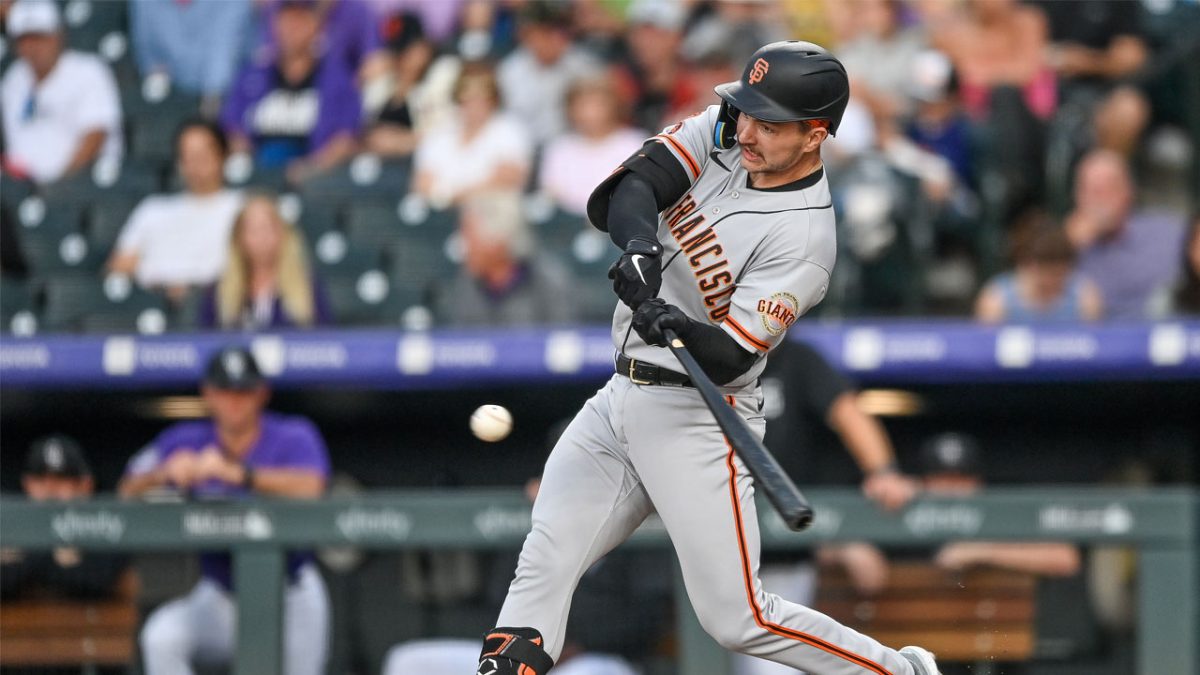- Programming note: Tune in to "Race in America: A Candid Conversation on Saturday, June 19 at 5 p.m. on NBC Sports Bay Area.
The abiding belief is that Major League Baseball ended its policy of segregation when Jackie Robinson made his debut on April 15, 1947. It’s a myth, even though MLB celebrates the date every year.
It’s a nice gesture, with all players wearing No. 42, as Robinson did during his Hall of Fame career, but Jackie’s debut did not strike down segregation within the game. It merely scraped away the first of many toxic layers.
Stay in the game with the latest updates on your beloved Bay Area and California sports teams! Sign up here for our All Access Daily newsletter.
And 74 years later, the scraping continues, with another layer coming off this week.
In the same week that it will celebrate the 156th anniversary of Juneteenth, MLB officially incorporated all verified Negro Leagues statistics. The decision was made through vote last December to end the statistical segregation, and after six months of research and verification, it was implemented in all databases on Tuesday.
Which resulted in a national Hallelujah from many baseball fans and historians, including Bob Kendrick, the president of the Negro League’s Baseball Museum in Kansas City and a guest on the “Race in America: A Candid Conversation,” seen on NBC Sports Bay Area on Saturday night at 5 p.m.
“It makes me feel proud,” Kendrick said.
San Francisco Giants
Find the latest San Francisco Giants news, highlights, analysis and more with NBC Sports Bay Area and California.
“It means that people are taking notice of what this history really means, and it’s a long-overdue recognition. The stats are one aspect of it. But for me, the acknowledgment, the recognition and even the atonement or the egregious decision to dismiss the Negro Leagues for exactly what it was – a Major League – is so historically significant.”
And with this adjustment, the sturdy and venerable jaw of the record book hits the floor.
Barry Bonds’ .863 slugging percentage in 2001, previously the single-season record, surpassing Babe Ruth’s .847 in 1920, slides to fifth place. The new leader, Negro Leagues legend Josh Gibson, posted a .974 in 1937. Gibson’s preposterous 1.474 OPS that same year vaults to the top of the single-season chart in that category.
Bonds’ 182 career adjusted OPS+ of 182, previously good for third place on the all-time list, drops to fourth. Joining Babe Ruth (206) and Ted Williams (191) ahead of Bonds is Negro Leagues star Oscar Charleston, in third place at 184.
No longer is Williams the last man to hit .400, having batted .406 in 1941. Six different Negro Leagues players topped .400 in the mid-1940s, including Josh Gibson, who raked at a .466 clip in 1943.
The last man to hit .400? Archie Ware, who batted .423 for the Cleveland Buckeyes in 1946.
Perhaps the most remarkable feat to be accepted is the longevity of the legendary pitcher Satchel Paige. His first “legitimate” professional pitch was with the Birmingham Black Barons in the midst of the prohibition era (1927), while his last, with the Kansas City A’s, came in the middle of the Vietnam War (1965).
The number of American-born Black players in MLB peaked in 1981, at 18.7 percent, roughly five per team, but has since been in decline. That number was 7.6 on Opening Day 2021, according to the annual study by Richard Lapchick’s Institute for Diversity and Ethic in Sport at the University of Central Florida.
Meanwhile, MLB is placing an intensified focus on history, as the statistical integration indicates. Another example is the broad recognition of Juneteenth this Saturday.
The Giants and Mariners, representing cities that briefly were home to Negro League teams, are among the franchises scheduling celebrations, with players wearing replicas of uniforms worn by the San Francisco Sea Lions and Seattle Steelheads in 1946.
“I will be in Seattle, and one of the things they’ve got me doing is throwing out the ceremonial first pitch,” Kendrick said with a smile.
“I’m looking forward to going to Seattle. The Mariners have always been in the forefront of celebrating the Negro Leagues' history, their connection to Black baseball, even though they only a Negro Leagues team for a brief period of time.”
The Mariners had an MLB-high seven Black players on their Opening Day roster, according to a USA Today.
The statistical integration is a huge step forward for MLB. So, too, is the commitment to celebrating the heritage. As for Black faces on the field, in the dugouts and in front offices, there continue to be layers to scrape off.


